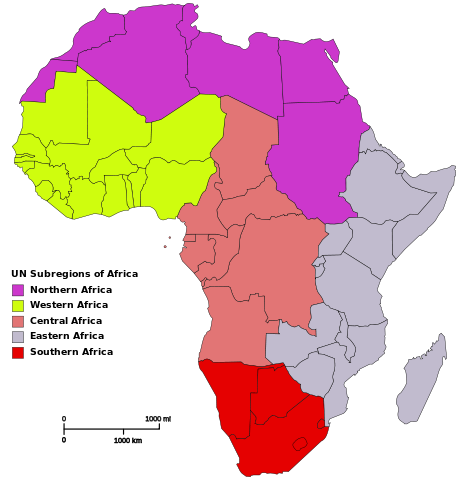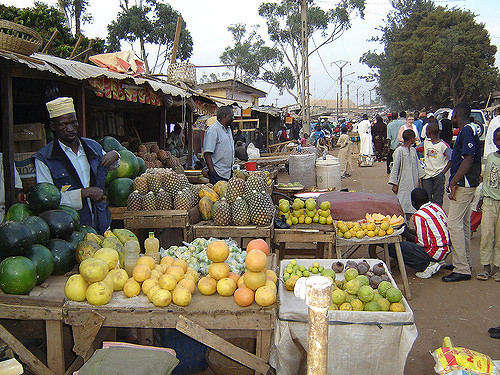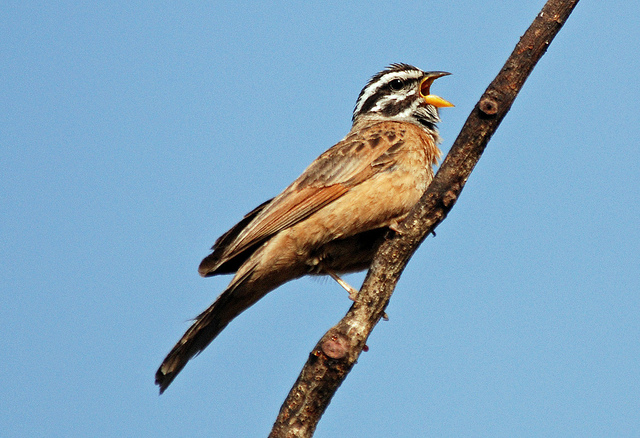Last updated on February 15th, 2020
Cameroon, officially the Republic of Cameroon, is a country in Central Africa. It has a total area of 475,440 square km. Yaounde is its capital Yaoundé and Douala is its largest city. English and French are its official languages. Central African CFA franc (XAF) is its official currency. Its land bordering countries are Nigeria, Chad, Central African Republic, Equatorial Guinea, Gabon and the Republic of the Congo.
Cameroon lies at the junction of west and central Africa. It is the urbanest and ethnically diverse nation in western Africa. Let’s learn more about Cameroon’s history, economy, culture, people, religion, and government.
39 Interesting facts about Cameroon
1. Cameroon is a central African country. Other central African countries are Angola, Central African Republic, Chad, the Democratic Republic of the Congo, Republic of the Congo, Equatorial Guinea, Gabon, São Tomé and Príncipe.

2. On January 1, 1960, Cameroon became an independent republic.
3. Cameroon attained UN membership on September 20, 1960.
4. There are more than 1700 different linguistic groups in the country. And 230 other languages are spoken in the region apart from its official languages – French and English.
5. The country receives plenty of rainfall every year, making it one of the wettest places on Earth.
6. Because of the geographical and cultural diversity of the country, it is often referred to as “Africa in miniature” and as “the hinge of Africa”.
7. Thermal springs can be found throughout the country.
8. As per the CIA Fact Book, HIV/AIDS caused an estimated 34,200 deaths in Cameroon in 2014.
9. In 2014, the unemployment rate in Cameroon was estimated to be at 4%.
10. Oil exports contribute 40% towards the total export earnings of the country.

11. Mount Cameroon is the highest point in the country at 13,500 ft.
12. The country also has plenty of natural gas reserves.
13. You may be surprised to learn that it is (Mount Cameroon) also the only active volcano in the country. It last erupted in 2012.
14. And there are about 500,000 people living near the volcano in three main towns of Limbe, Buea, and Muyuka.
15. Sanaga River is the longest river in Cameroon. However, it is not navigable. Other important rivers are the Benue and Nyong.
16. There are two hydroelectric power stations on the banks of the River Sanaga.
17. Before World War I, the vast majority of the country was a German colony. At that time it was known as Kamerun.

18. The area was named “Rio dos Camarões” by Portuguese explorers after their arrival on the coast in the 15th century.
19. The country was officially named the United Republic of Cameroon in 1972, and the Republic of Cameroon in 1984.
20. Did you know that every variety of flora and fauna that is available in tropical Africa can be found in Cameroon as well? It is home to at least 409 species of mammals and 165 species of birds.
. . . continue reading on the next page.
